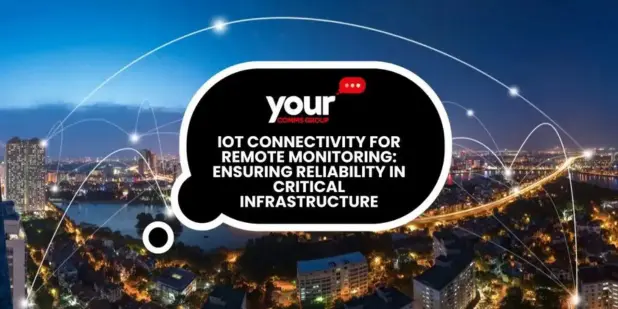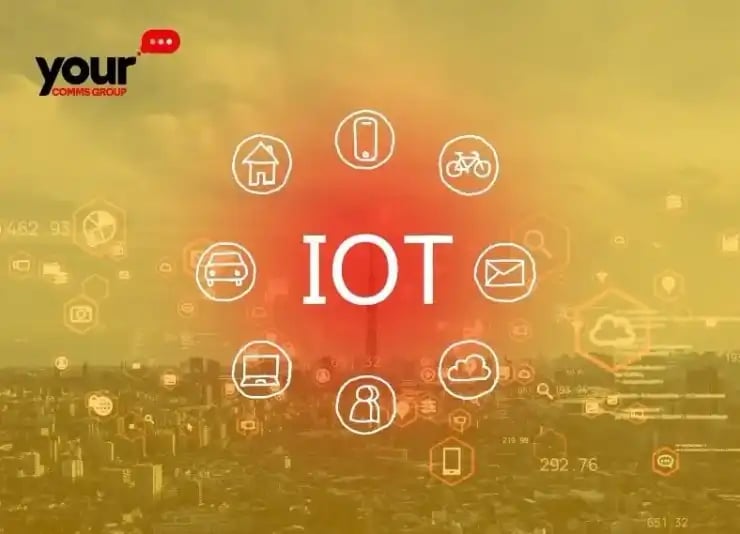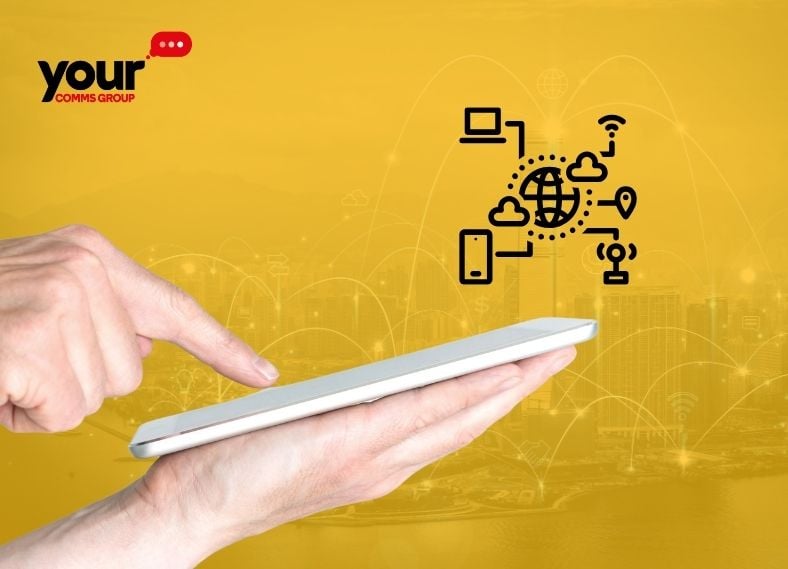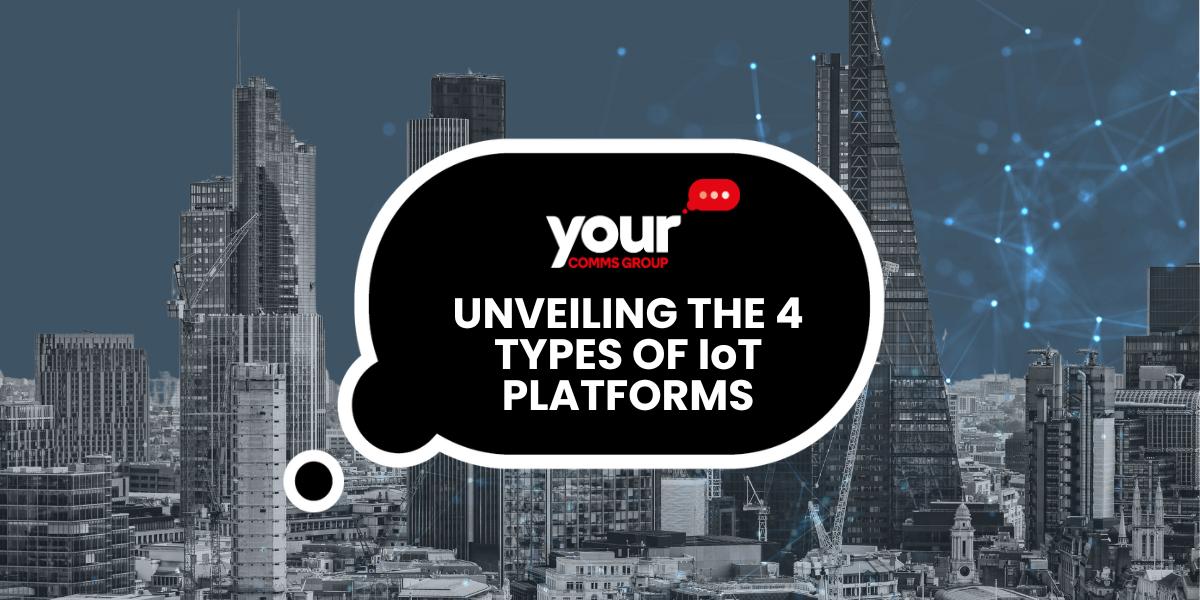IoT Private vs Public Network
In the rapidly expanding world of the Internet of Things (IoT), choosing between private and public networks is crucial for ensuring efficient,...

In an era where technology is transforming the way we live and work, the concept of the Internet of Things (IoT) has become a game-changer in various industries. One of the most critical areas where IoT is making a significant impact is in the domain of critical infrastructure. From power grids to water supply systems, and healthcare facilities to transportation networks, ensuring the reliability of these essential services is of paramount importance. This blog explores the role of IoT connectivity in remote monitoring and how it is revolutionizing the maintenance and management of critical infrastructure.
Critical infrastructure refers to the essential systems and assets upon which the functioning of a society and economy depends. These include energy grids, water supply, transportation networks, communication systems, and more. The reliable operation of these infrastructures is crucial for public safety, economic growth, and national security. Any disruptions in these systems can have far-reaching consequences, underscoring the need for proactive monitoring and maintenance.

Maintaining the reliability of critical infrastructure is no small task. Challenges abound, including aging infrastructure, budget constraints, and the increasing occurrence of extreme weather events and cyber threats. Traditional monitoring methods, relying on manual inspections and periodic check-ups, are not sufficient to address these challenges. This is where IoT connectivity comes to the rescue.
IoT connectivity leverages a network of interconnected devices and sensors to monitor, collect, and exchange data from remote locations. When applied to critical infrastructure, it offers several benefits:
Real-time Data Collection: IoT sensors placed throughout critical infrastructure can collect a wealth of data in real time. This data includes information on equipment performance, environmental conditions, and security parameters.
Predictive Maintenance: With continuous data flow, maintenance teams can identify issues before they lead to major failures. This allows for more cost-effective and timely repairs, reducing downtime and service interruptions.
Enhanced Security: IoT connectivity can also be used to monitor for security breaches and threats in real-time, allowing for immediate responses to potential vulnerabilities.
Remote Management: Operators can remotely control and manage critical infrastructure components, optimising operations without the need for physical presence on-site.
Energy Efficiency: IoT connectivity helps in optimising energy consumption, making critical infrastructure more sustainable and environmentally friendly.
Smart Grids: Utilities are using IoT to monitor power distribution networks, enabling them to respond to outages more quickly and efficiently. Smart meters also help consumers manage their energy consumption.
Water Management: Municipalities are using IoT sensors to monitor water quality and identify leaks in the water supply system, thereby reducing water wastage and ensuring the delivery of clean, safe water.
Transportation: IoT connectivity is enhancing traffic management systems, making it possible to reduce congestion, improve public transit, and monitor the condition of bridges and tunnels.
Healthcare: IoT-enabled medical devices are monitoring patients' health remotely, allowing healthcare providers to deliver care more efficiently and with reduced in-person visits.

IoT connectivity is revolutionising the way we monitor and manage critical infrastructure. It provides real-time data, enables predictive maintenance, enhances security, allows for remote management, and promotes energy efficiency. With the continued advancement of IoT technology, critical infrastructure will become more reliable, resilient, and sustainable, ensuring that these vital systems can withstand the challenges of the modern world.
As the world becomes increasingly reliant on technology, the integration of IoT connectivity into critical infrastructure is a critical step towards ensuring the reliability of these essential services. The ability to remotely monitor and manage these systems in real-time is transforming the way we approach infrastructure maintenance and is vital for the security, safety, and economic well-being of our society.
For more information on how to evolve your IoT for your business, schedule a discovery call with our expert Josh.

In the rapidly expanding world of the Internet of Things (IoT), choosing between private and public networks is crucial for ensuring efficient,...

The Internet of Things (IoT) has appeared as an important force for connecting devices and systems to promote seamless communication and data...

Providing the best customer experience is crucial to all businesses, as it will also drive growth from loyal customers. Therefore, leveraging...